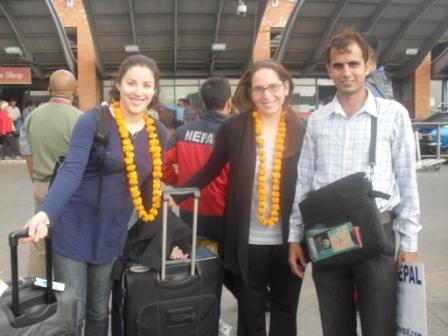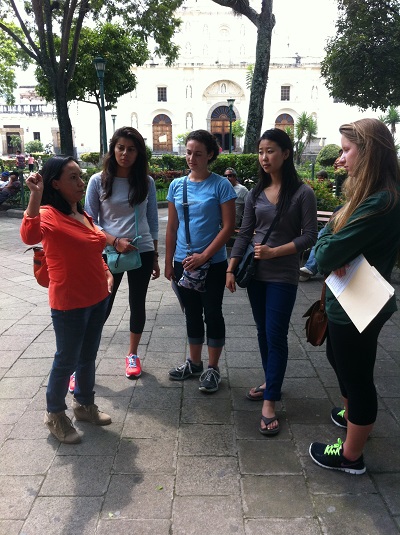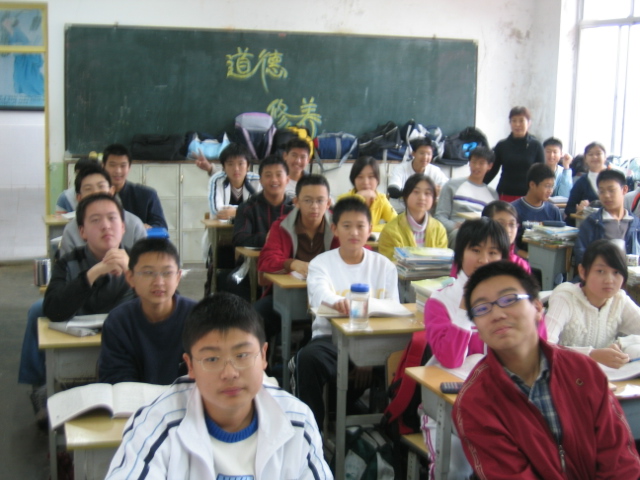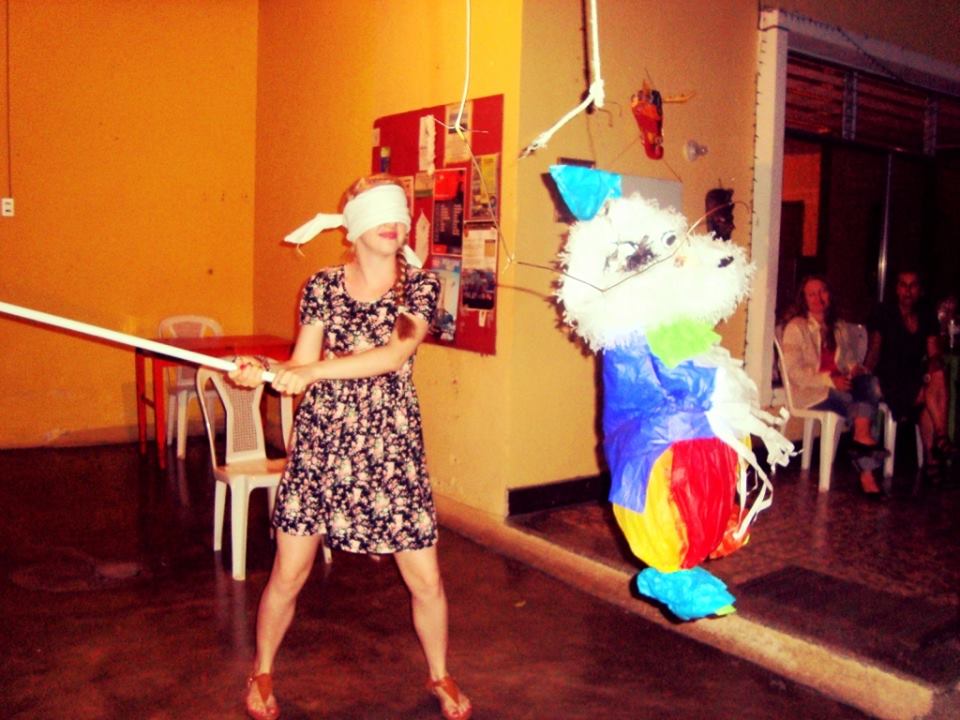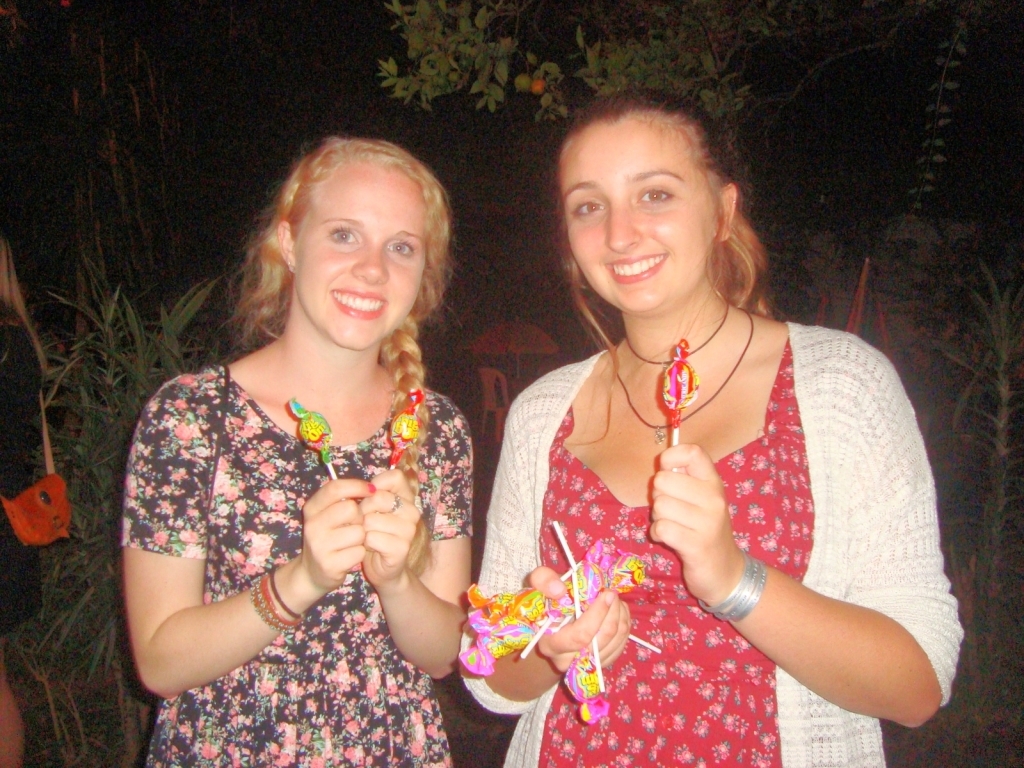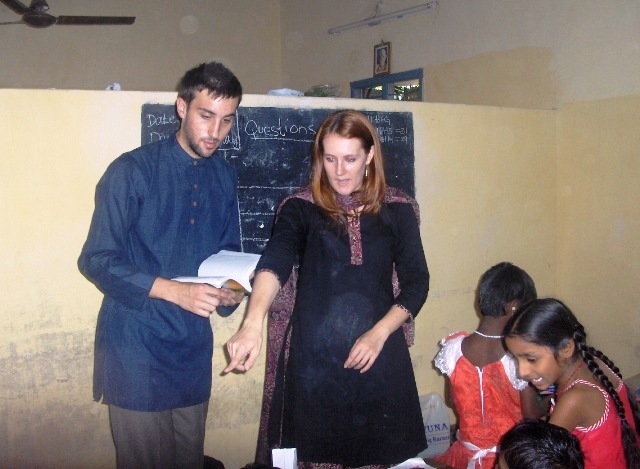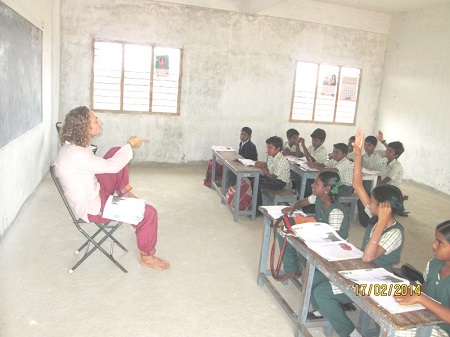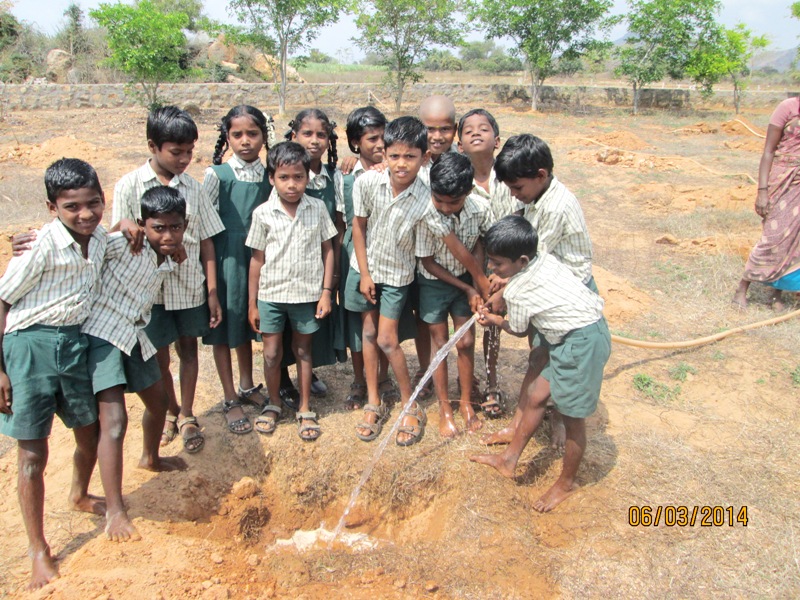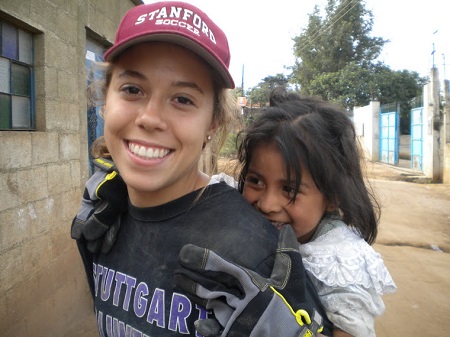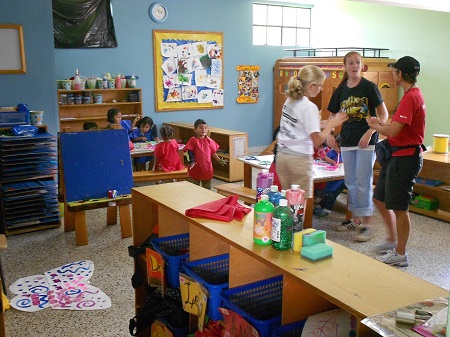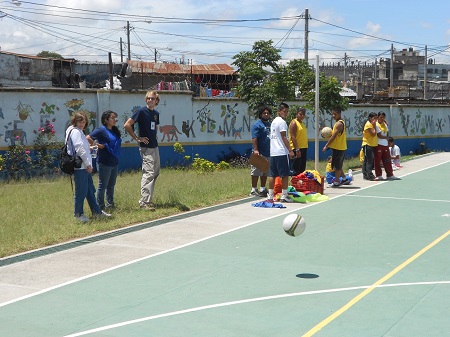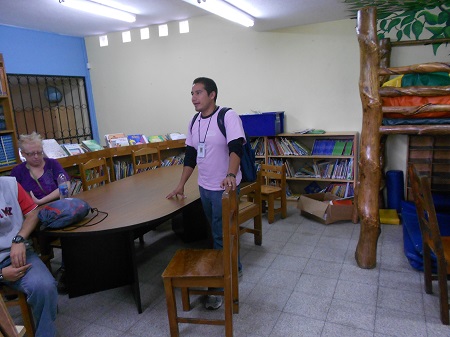Living with a local host family while volunteering abroad is one of the most rewarding experiences of the trip. Sharing the same living space, meals and free time with a host family is truly the best way to learn firsthand about the culture and daily life in the community.
The host families in all of our host countries have been hosting foreign volunteers for many years. The family members have all been trained by us on all the big and small aspects of the job.
Your family provides you with all meals including breakfast, lunch and dinner. Most families eat meat but they accommodate vegetarians (rice, beans etc). Most food is spicy — although they will tone it down for you upon request. The host family also will have bottled water for you.
Let’s take Ghana in west Africa as an example:
Here is one of our actual host families!
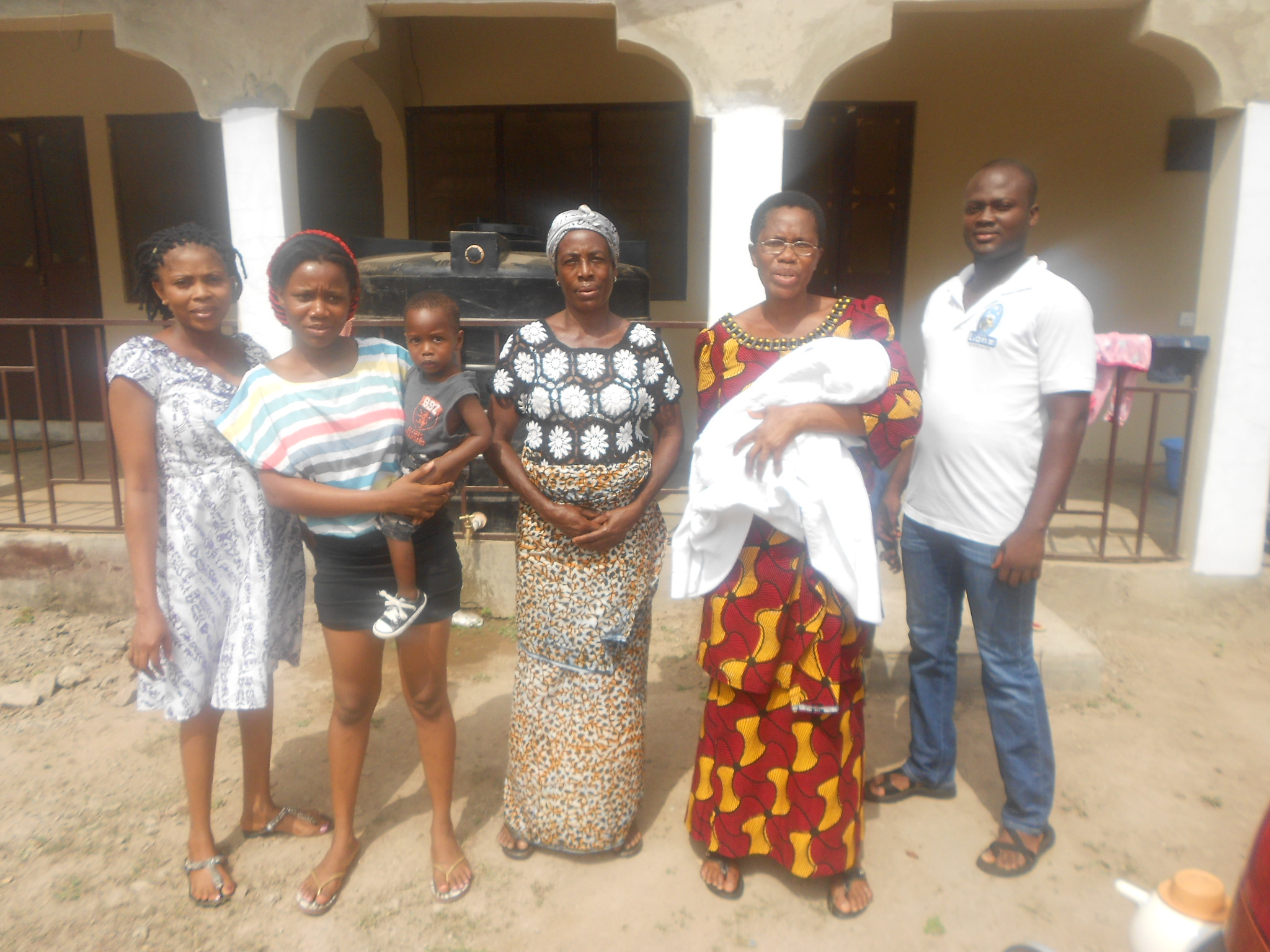
This particular host family is in the apartment on the right:

The living room:

Beds are usually hard as a rock:
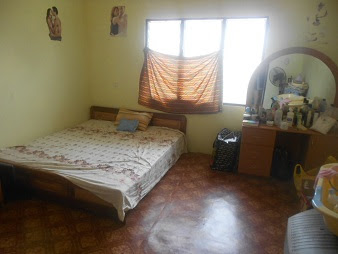
Toilets at Host Families are western design. The flush handle does not work usually. To flush, fill a bucket from the bathroom and dump it into the toilet. Use toilet tissue sparingly, as it clogs the pipes. When you travel around Ghana, carry a small roll of toilet tissue with you, as many places don’t have it.
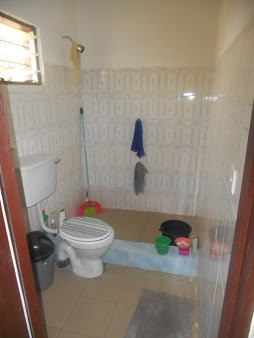
Personal Bathing:
- There is usually no hot water
- There are usually no shower heads
- Water comes into the bathroom either: 1) from pipes then out of spigots near the floor, or 2) manually carried from outside water tanks
- In either case above, the water is stored in large trashcans in the bathroom.
- You wash/rinse by scooping water from the trashcan with a small bowl
- If you truly cannot do without hot water, ask to heat water on the stove.
- Bring a compact mirror from home, as many bathrooms have no mirrors.

